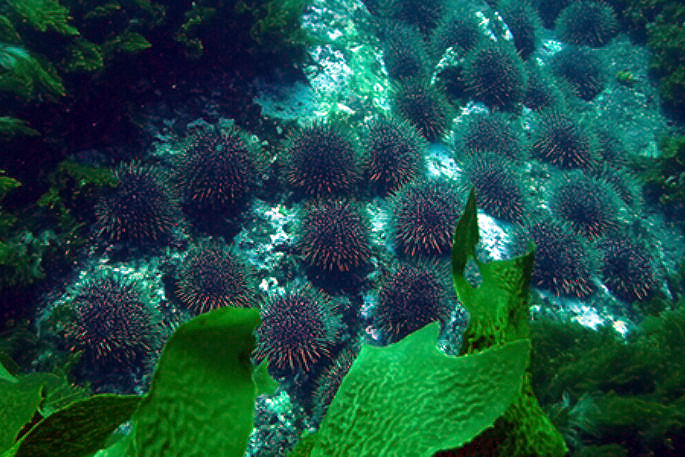Increasing the recreational daily catch limit for kina around the northeastern North Island and a new special permit to remove kina will help tackle kina barrens, Oceans and Fisheries Minister Shane Jones says.
Kina barrens are areas of rocky reef where healthy kelp forests have been consumed by an overpopulation of kina and long-spined sea urchins to form a barren space that is detrimental to other sea life.
“I’ve made addressing kina barrens a priority, and it’s clear from the feedback received on these measures that many New Zealanders share my concerns,” says Jones.
“My decision to increase the recreational daily catch limit for kina in the Auckland East Fisheries management area to 150 and approve a new special permit that will allow targeted removal of kina will enable communities to get involved in combatting this issue.”
The new recreational daily limit will come into effect on August 1, and the special permit will be available for applications from today. Both the daily limit and special permit apply to long-spined sea urchins as well as kina.
“These measures won’t fix kina barrens immediately, or on their own, but they will give people more tools to take on kina barrens in their rohe and greater ownership over the health of their coastline.”
The new recreational daily limit of 150 kina per fisher will apply along the North Island’s east coast from North Cape in Northland to Cape Runaway in the Bay of Plenty. This is the Auckland East Fisheries management area.
The special permit allows for people or organisations to harvest, cull, or move kina to help habitat restoration or to prevent kina barrens developing.
Permits will go through an application process which will include providing evidence of a current or potential kina barren in the area before it is approved. Special permits can be applied for in any part of New Zealand.
“This is not the end of the work I will do on kina barrens and I have directed my officials to expand our scientific knowledge of the problem and investigate further options for dealing with it.
“I’d like to acknowledge everyone who took the time to provide feedback on these measures, as well as the hundreds of people who joined me in person to discuss kina barrens in Northland on 10 May.
“I’m confident that together we can tackle kina barrens and restore our coasts with healthy kelp forests that support biodiversity and thriving kaimoana.”
More information can be found here.



0 comments
Leave a Comment
You must be logged in to make a comment.